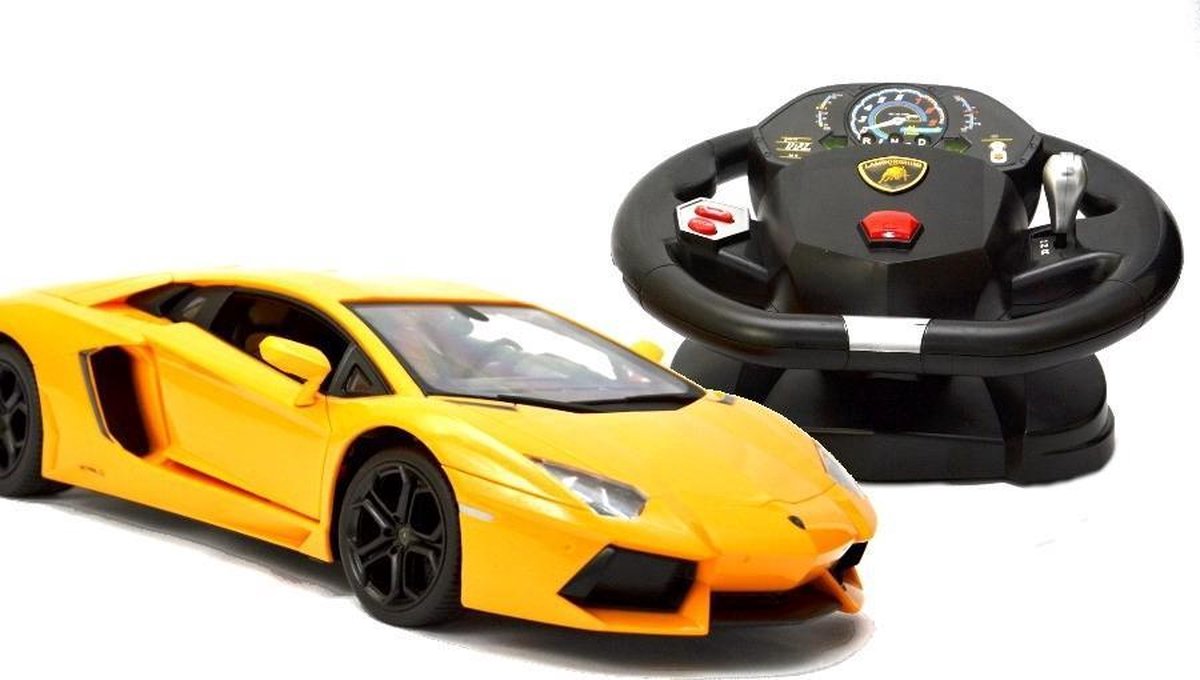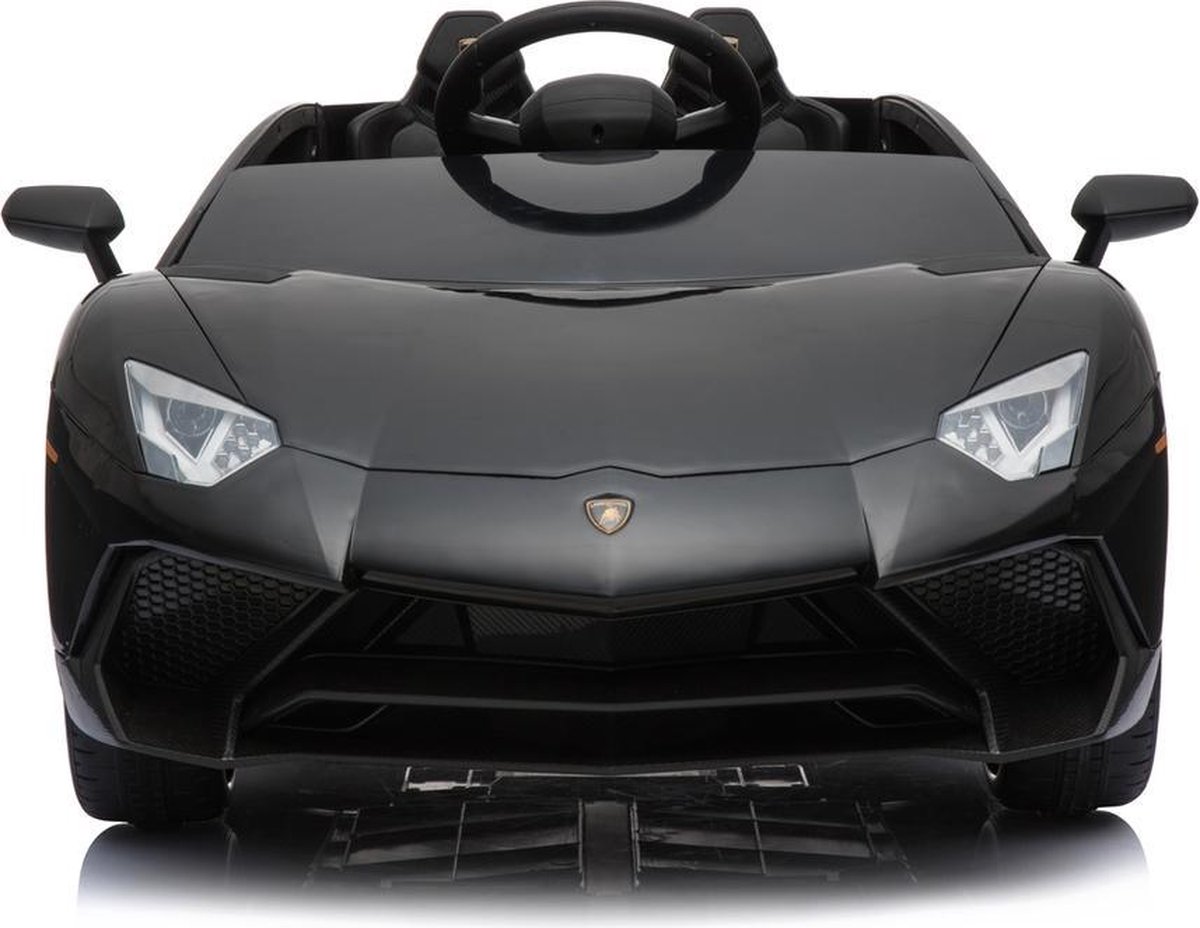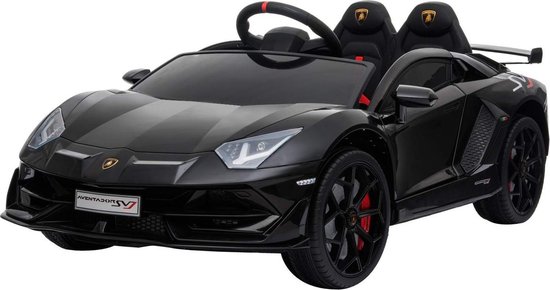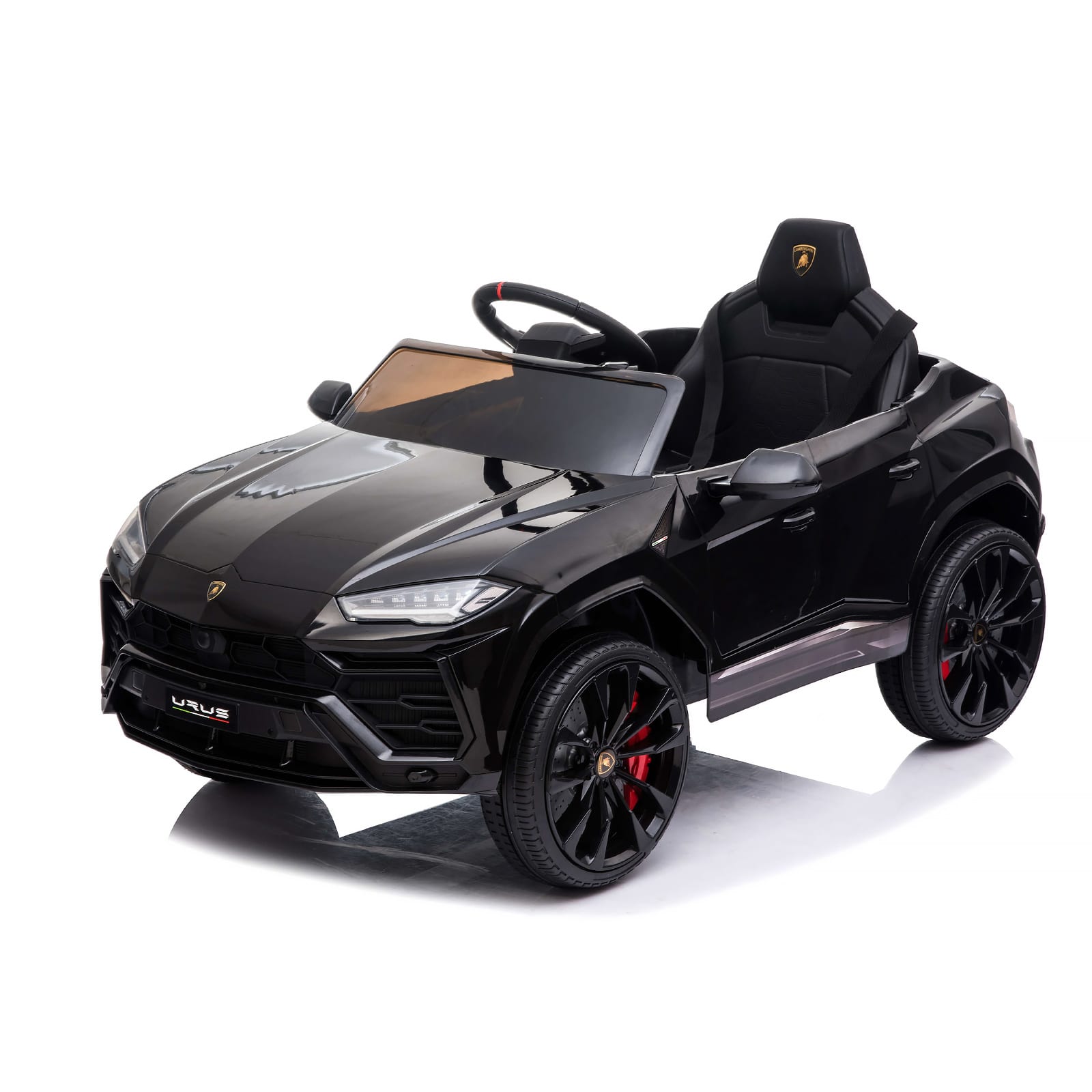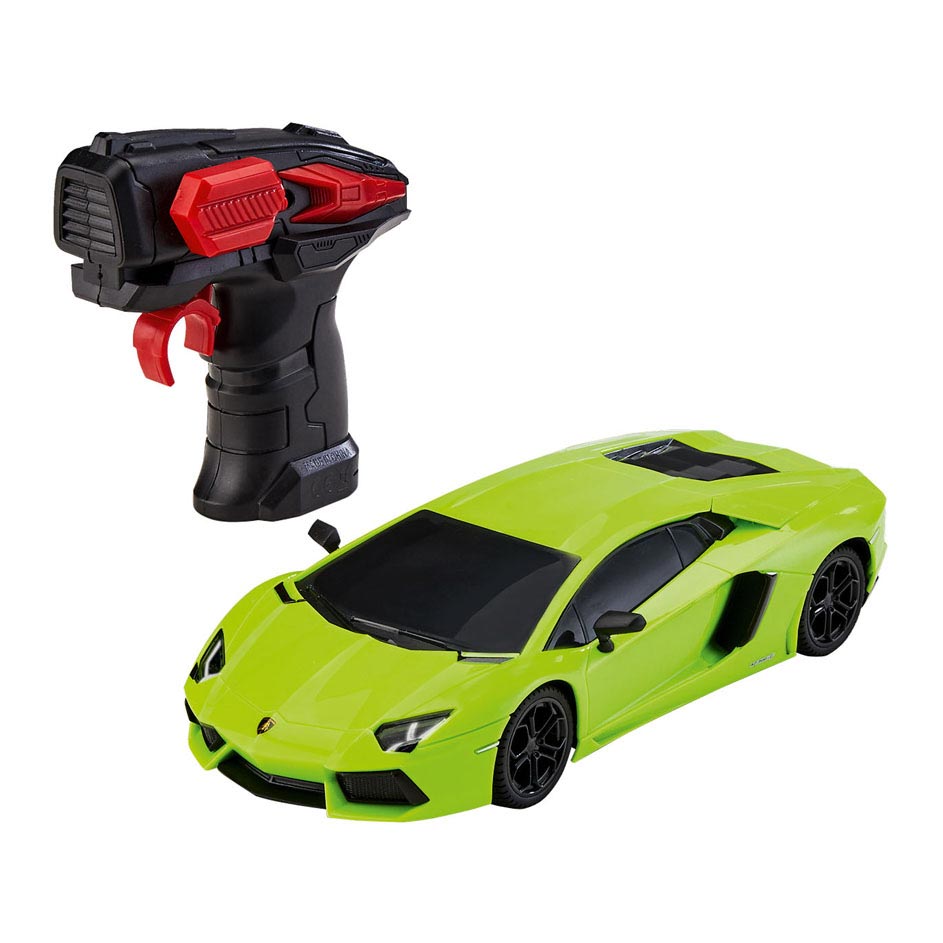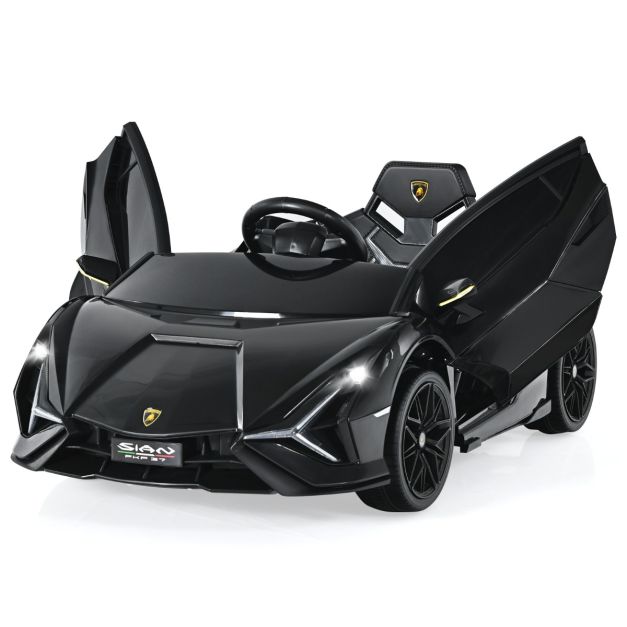
12V kinderauto met afstandsbediening elektrisch voertuig voor kinderen 108 x 64 x 41 cm zwart - Costway

Lamborghini Aventador officiële gelicentieerde afstandsbediening auto met werklichten, radiogestuurde RC auto op de weg 1:24 schaal, 2,4 Ghz matzwart : Amazon.nl: Speelgoed & spellen

Lamborghini Aventador SVJ, 12 volt elektrische kinderauto met echte vleugeldeuren! - ATOYS.NL- Specialist in Rijdend Speelgoed.
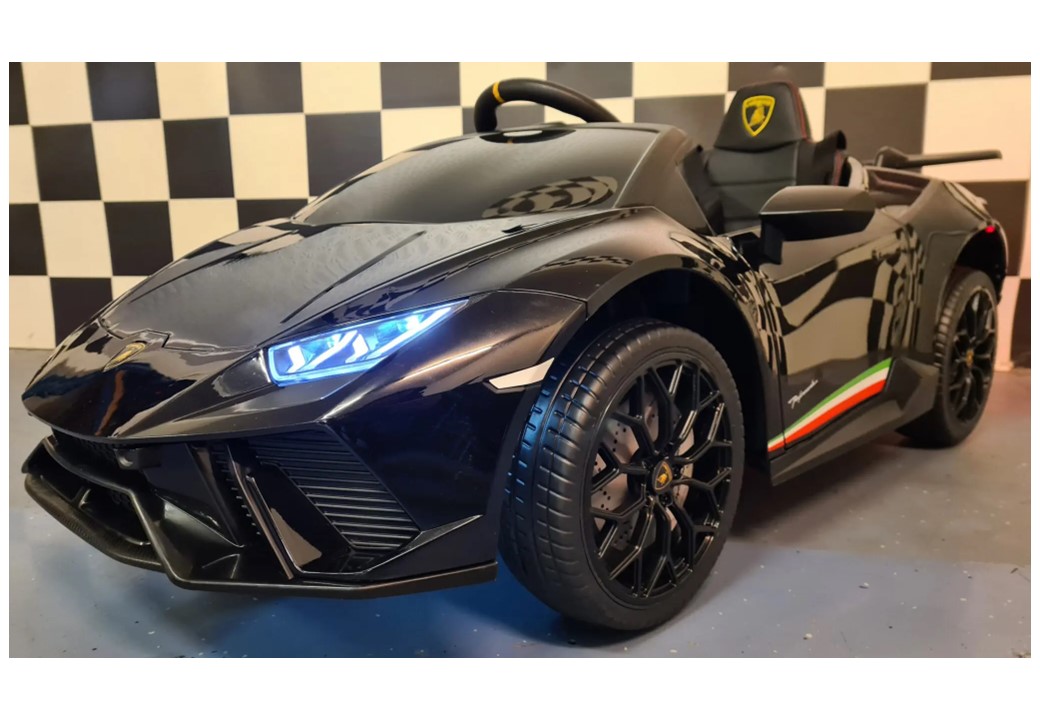
KINDERAUTO | LAMBORGHINI | HURACAN | METALLIC ZWART | 12VOLT | MET RC AFSTANDSBEDIENING - Kids-Accu Cars







